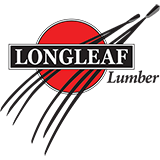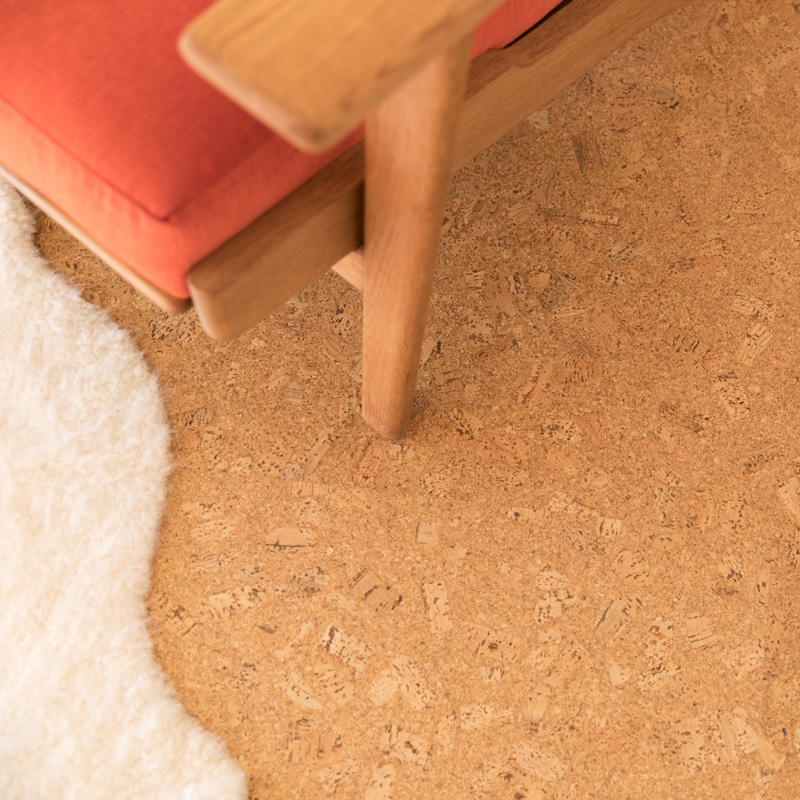
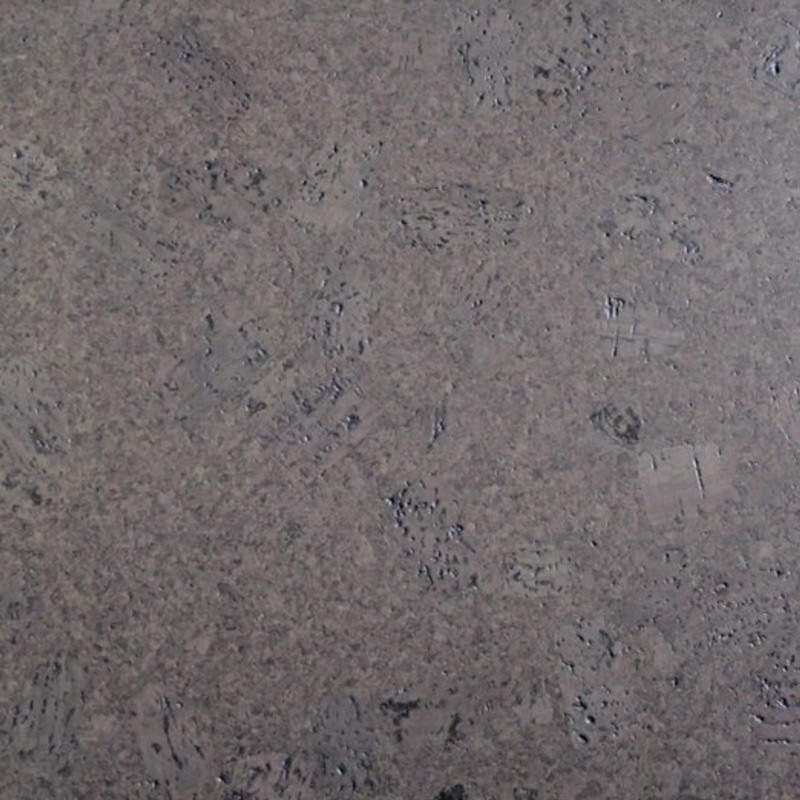
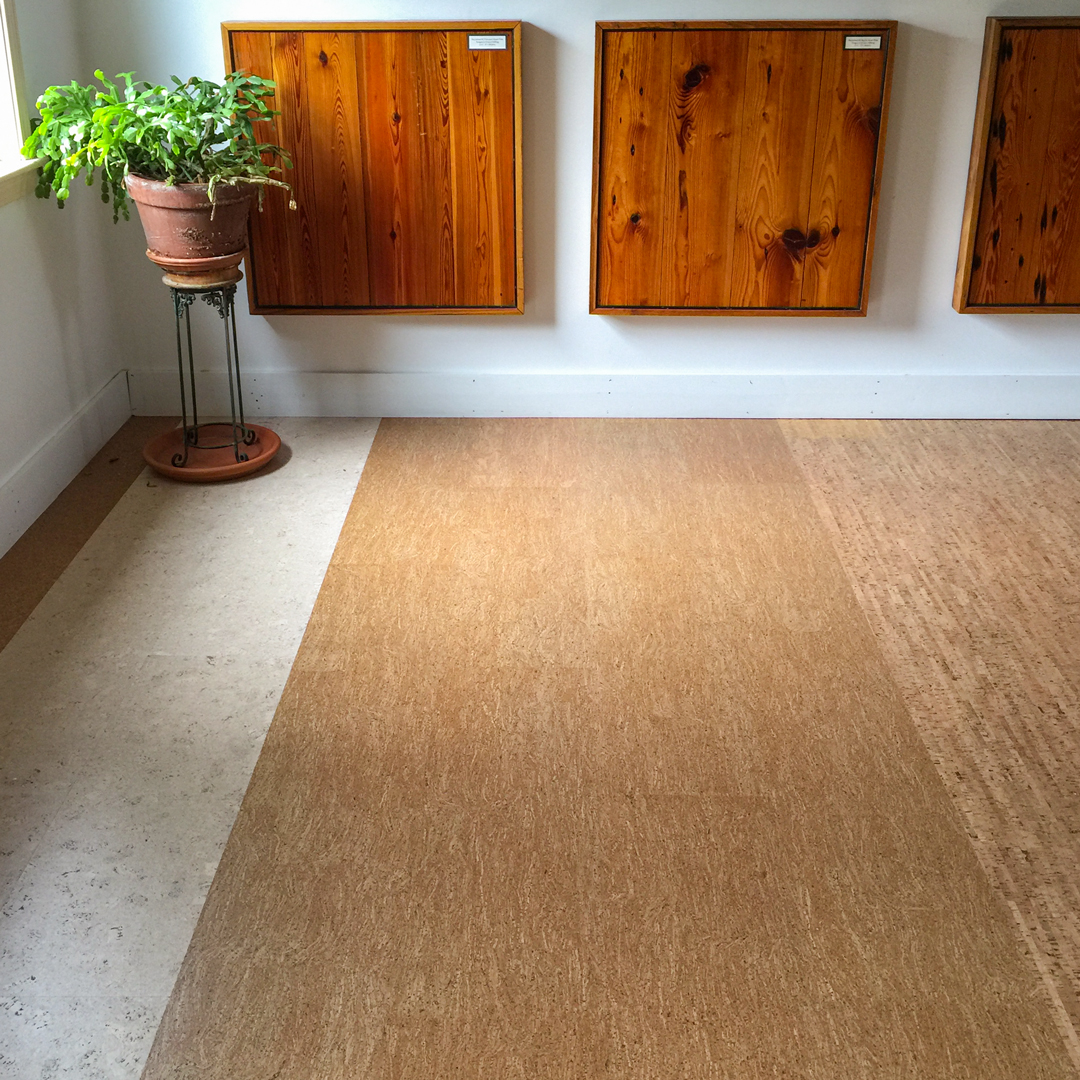
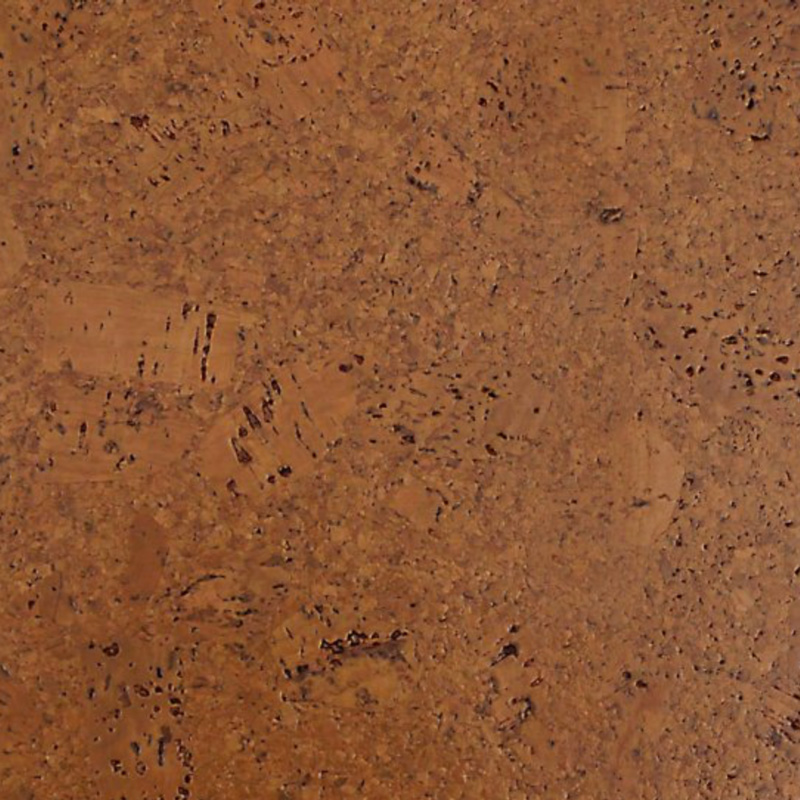
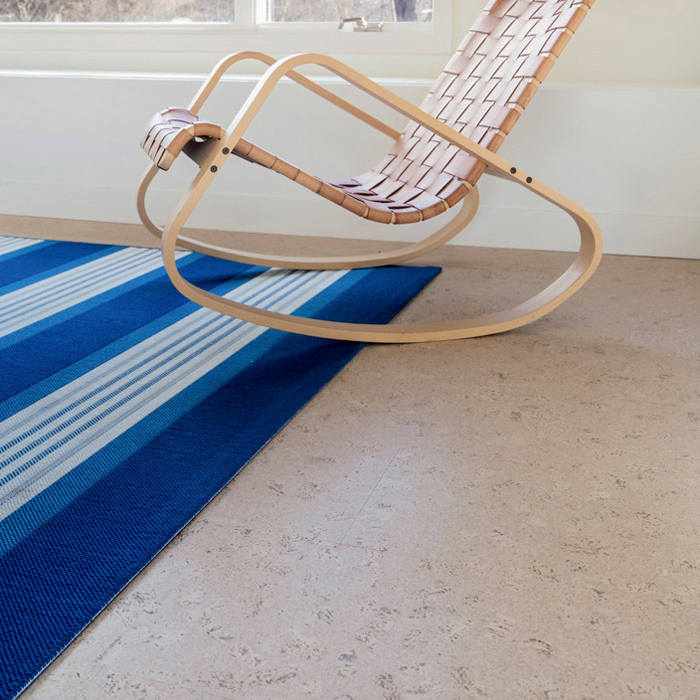


CORK (Quercus Suber)
Cork has long been prized as an environmentally friendly and practical flooring option rich in natural beauty. Flooring tiles and planks made from cork provide excellent thermal and acoustic insulation, absorb impact, deter water and moisture, and are hypoallergenic. These characteristics translate into a sustainable floor that feels warm and comfortable underfoot and contributes to a quieter, healthier indoor environment. Longleaf retails a collection of finished and unfinished cork flooring, wall paneling, and underlayment products in a range of colors and patterns, perfect for both residential and commercial projects.Cork Flooring Comes In Two Forms: Glue Down and Floating Floor
Benefits of Cork Flooring:
Resilience & Durability
Due to its cellular structure, cork flooring is remarkably resistant to wear and has a wonderful, comfortable underfoot feel. When subjected to pressure, the gas in its cells compresses and volume reduces considerably. When released from pressure, it recovers very rapidly to its original shape, flexing and absorbing shock. Marks left by furniture will leave minimal residual indentation – less noticeable than that on wood, carpet, or vinyl floors.
Thermal & Acoustic Insulation
Due to the shape and air-filled nature of cork’s cellular structure (90% of the tissue is gaseous matter), cork floors have thermal and acoustic insulating properties. They reduce impact noise, making cork ideal for applications such as multi-level housing, office spaces, museums, and places of worship.
Impermeability
Suberin, the inherent substance of cork, renders the material impervious to both liquid and gases. As a result, cork is resistant to degradation by moisture. Suberin is also a natural insect repellent, resistant to more than 38 species of insects, including termites. Cork is anti-microbial and fights the development of mildew.
Hypoallergenic
Cork floors are both pure and hypoallergenic, contributing positively to indoor air quality. Cork does not absorb dust and consequently is a safer alternative for homeowners with allergy or asthma concerns. It does not shed micro fibers or outgas.
Easy to Maintain
General maintenance involves sweeping and mopping. A damp mop with mild wood flooring detergent or white vinegar and water can be used, but avoid using excessive water. If the finish does become worn, the floor can be sanded and refinished, although care should be taken to remove only the finish and not wear away the cork itself. If possible it is best to add additional coats of water-based finish over the years instead of refinishing.
Environmentally Friendly
Cork, an alternative material to new wood flooring, is a renewable and sustainable resource. The Cork Oak grows in the forests of Mediterranean countries such as Portugal and Spain. Its bark, which is harvested every nine years without harm to the tree, regenerates after harvest, so trees are never cut down. Our glue-down cork flooring is composed of 100% post-industrial recycled content from wine-stopper production.
LEED Credits
Cork is a LEED approved material that qualifies for the following credits: LEED® MR Credit 4.1 and 4.2: Recycled Content, LEED® MR Credit 6: Rapidly Renewable Materials, and LEED® EQ Credit 4: Low-Emitting Materials
